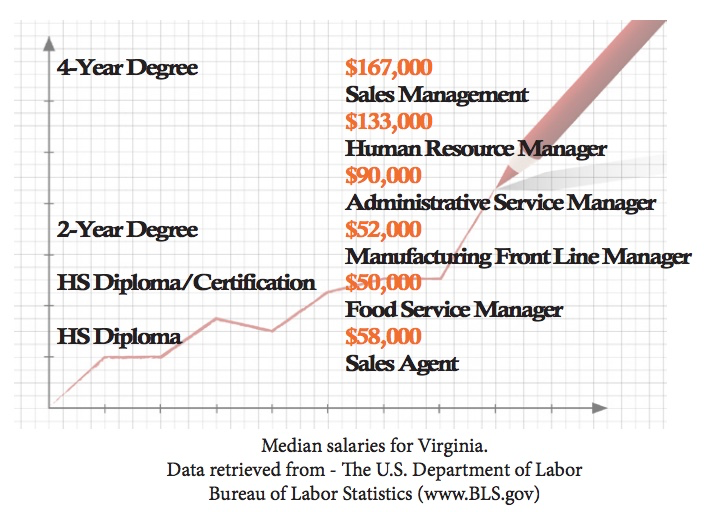TRAIL is for students interested in integrating operations management services with analytics and technology within the global supply chain. Students study the fundamental roles and importance of transportation and supply chain management in companies and society as well as the rapidly expanding field of logistics information technology. Students may also pursue studies in geospatial and drone technology to acquire knowledge and skills related to analyzing, modeling, simulating and visualizing data that is referenced to the earth. Through Networking, Programming and Data Analysis, Geospatial Technology and Unmanned Systems, and Business Management and Logistics pathways, students in this academy will learn critical knowledge, skills, and credentials that will prepare them for high-demand careers in transportation and logistics.
PATHWAYS TO TRANSPORTATION, ANALYTICS, INFORMATION, AND LOGISTICS ACADEMY










